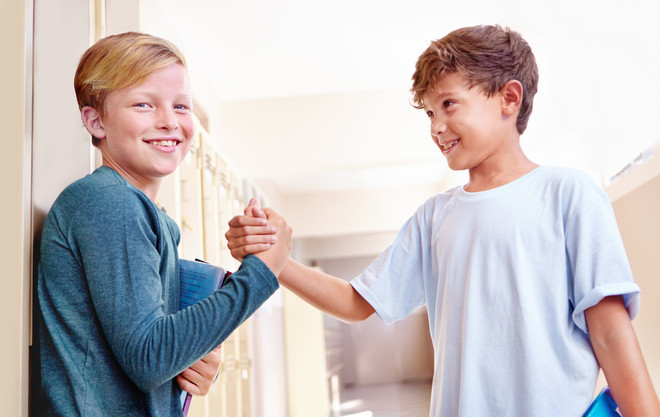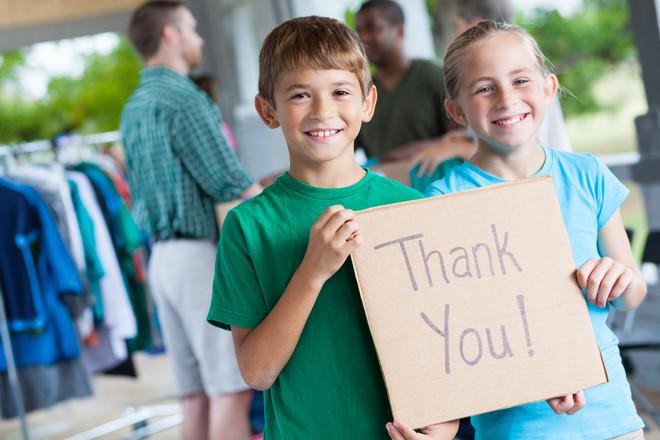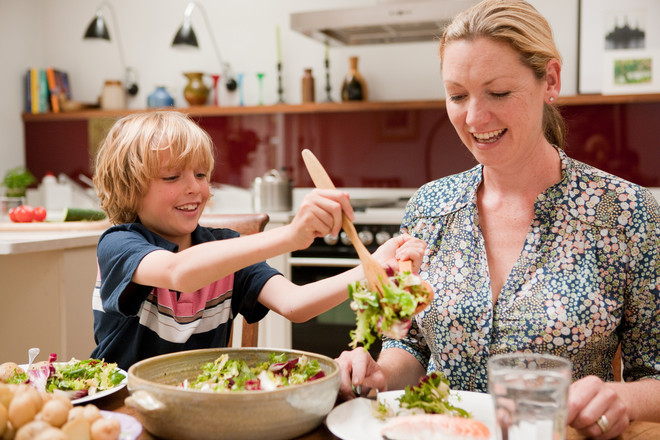But even in these unstable times, some thingsremain unchanged. The ability to teach courtesy to a child will never go out of fashion, no matter what type of parent you treat. Here are some important rules of etiquette that should be taught to a child. Photo: Getty images
Photo: Getty images
How to say "hello"
Many children get tense when someone is with themsays hello. Perhaps he is just shy. However, it is important to teach the child that it is customary for well-mannered people to greet each other. That it will be polite if he responds with a greeting. There are many options: good afternoon, hello, hi, good morning, etc. And do not forget to explain to the child which greeting to use for whom.
How to make and receive compliments
It is common practice to respond to a compliment with “thank you”for an adult, but not for a child. And giving someone a compliment can be a difficult test. The easiest way to help a child is practice. Give your child compliments and teach him to respond to them correctly.
How to continue the conversation
While some children are happily chatting with everyone andeach, others freeze at the simple question, "How are you?" or shrug and quickly reply, "Fine." Role-playing games will set the stage for constructive conversations in the future. Act out scenes and practice different scenarios in these casual conversations. Photo: Getty images
Photo: Getty images
How to wait your turn
Patience is a very important and necessary quality,but today many children want something immediately (or better yet, yesterday). Here parents will have to try and teach the child the rule of waiting, letting others go first, sharing, standing in line and not swearing when the ice cream is finished for you.
How to answer by phone
Most kids today can easily pick up yourphone, unlock it, take a video, buy a new app, like something on Facebook. But can they pick up the phone and answer politely? Can they say, “Hello, this is so-and-so speaking”? Can they say, “Yes, please hold on a minute”? Most of the time, no. But they know how to take 25 selfies of their noses or something. Think about it! Photo: Getty images
Photo: Getty images
How to say "thank you" and "please"
"Give it to me, I want to play!" - this is how a conversation between two peers can begin, which will end in grievances and tears. "Magic words" have not been cancelled, and you can teach them to use them only by showing respect to your own child. It is not at all shameful to add "please" when you ask your child for something, and then thank him. Remember that we and only we - parents - are a model of behavior for our child! Photo: Getty images
Photo: Getty images
How to start and stop a meal
It doesn't matter if you eat at home, at friends' orrestaurant, it is important to teach your child to follow the rules of behavior at the table. Your fidget does not yet need to know how to use a knife and fork or which spoon is needed for dessert. But waiting until everyone sits down at the table, not leaving your place until everyone else has finished, thanking and helping to clear the plates - this is something that should be practiced every day, first in your family, and then when visiting.
How to say goodbye
It is important that the child learns to speak when leaving."Goodbye" and thank for the hospitality if you were a guest. Leaving without saying goodbye is bad manners, which a child will obviously not know about without a hint from adults. Patience, politeness, respect and empathy are the four most important keys to good behavior that we often miss when teaching children. Although it often takes a little practice to reinforce this important knowledge for future generations. And, of course, you should always start with yourself!








